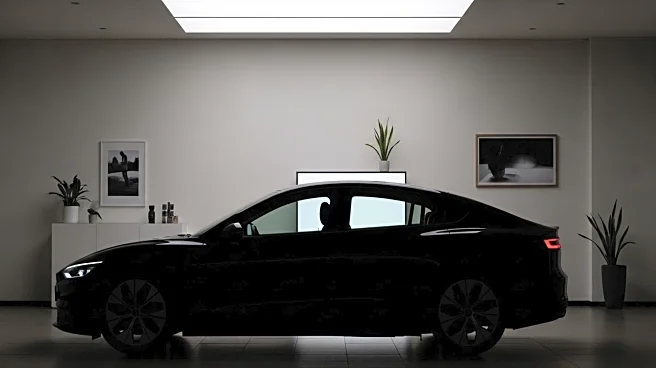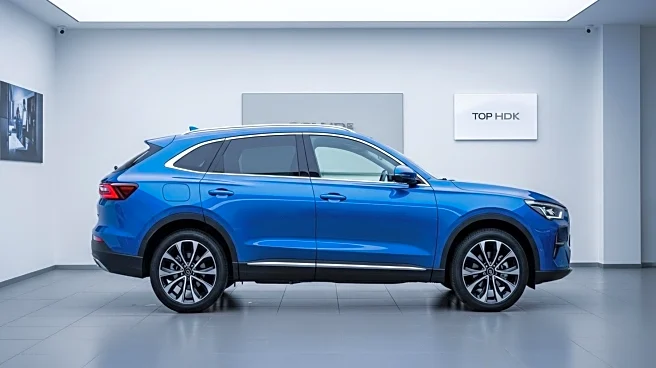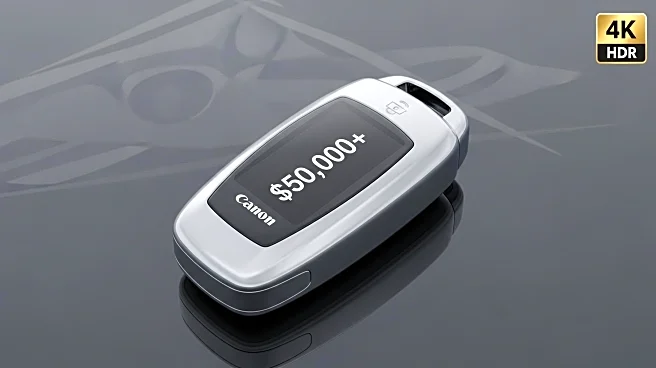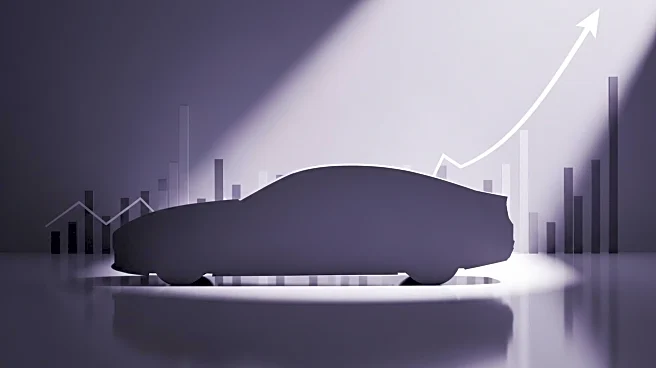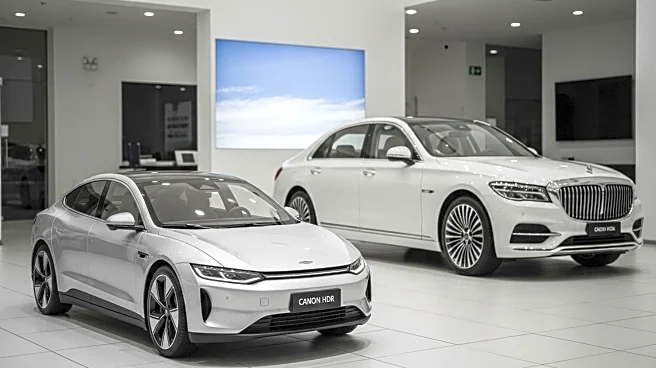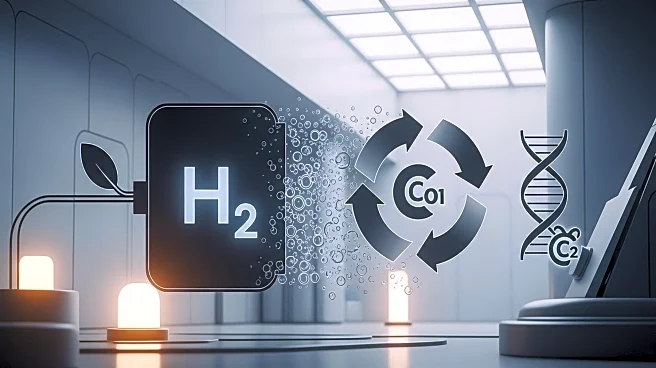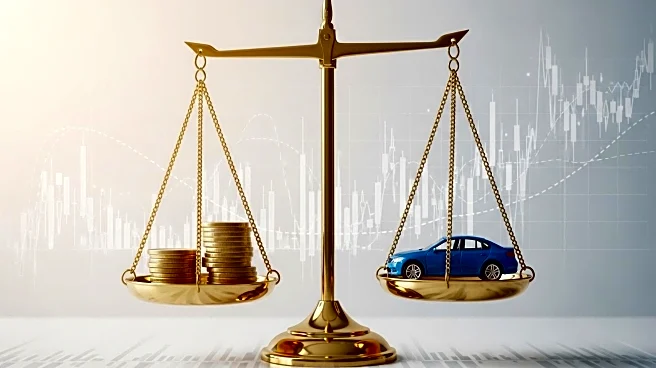What is the story about?
What's Happening?
According to data from Kelley Blue Book, the average transaction price of a new car in the U.S. has exceeded $50,000 for the first time as of September 2025. This milestone reflects a significant shift in the automotive market, where the availability of vehicles priced at $20,000 has diminished, pushing price-conscious buyers towards the used car market. Erin Keating, Executive Analyst at Cox Automotive, noted that this trend is sidelining many buyers who are unable to afford new vehicles at these elevated prices.
Why It's Important?
The increase in average car prices has substantial implications for the U.S. automotive industry and consumers. Higher prices may lead to decreased demand for new vehicles, affecting automakers' sales and potentially leading to increased inventory levels. Consumers may turn to the used car market, which could drive up prices in that sector as well. This trend highlights economic pressures on consumers and may influence automakers to reconsider pricing strategies to maintain market share.
What's Next?
Automakers may need to adjust their pricing strategies or offer incentives to attract buyers who are priced out of the new car market. Additionally, the used car market may experience increased demand, leading to higher prices and reduced availability. Industry stakeholders will likely monitor these trends closely to adapt to changing consumer preferences and economic conditions.
Beyond the Headlines
The rising cost of new vehicles may have broader economic implications, potentially affecting consumer spending and financial stability. As prices continue to rise, there may be increased pressure on policymakers to address affordability issues in the automotive market, possibly through incentives or regulatory measures.
AI Generated Content
Do you find this article useful?



